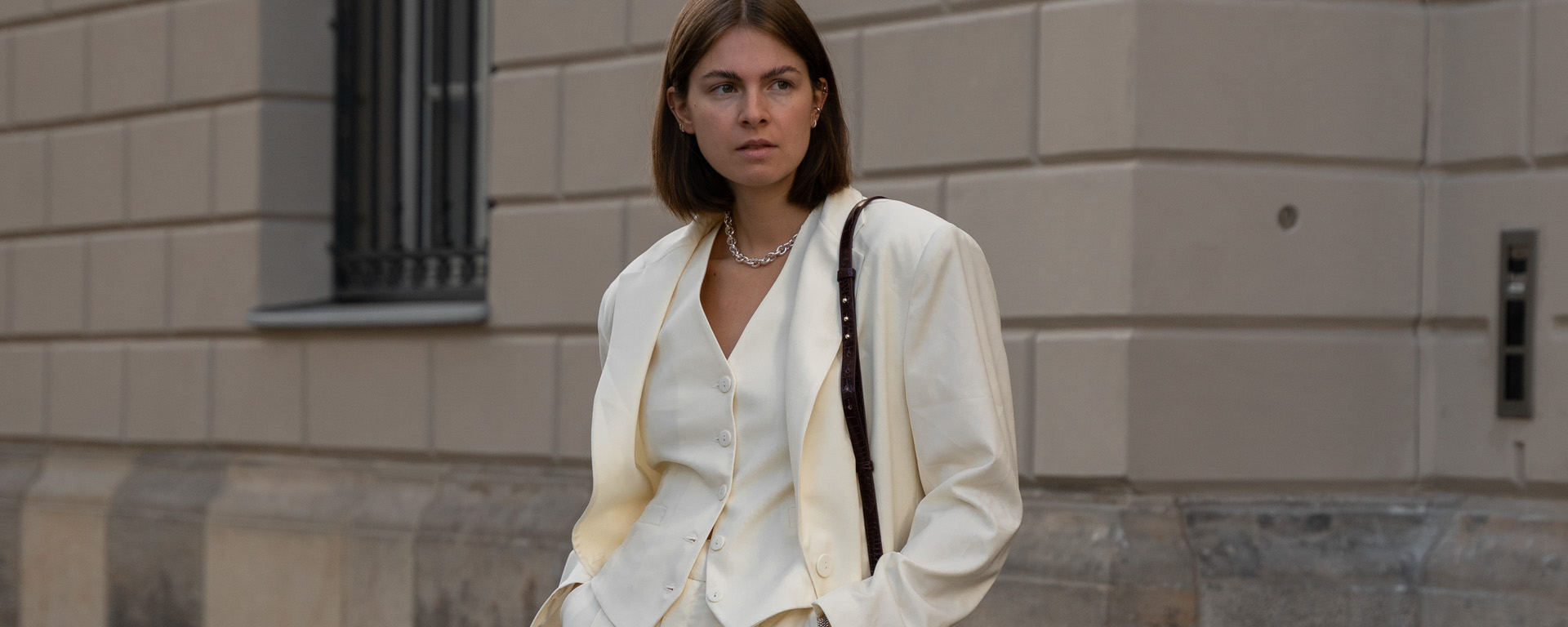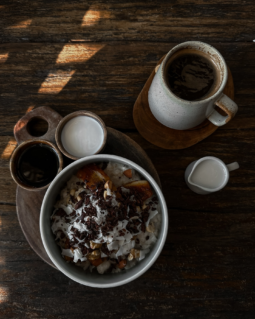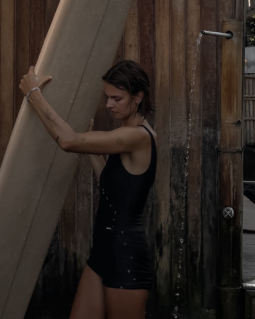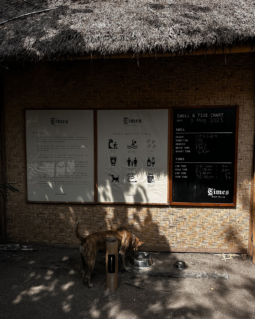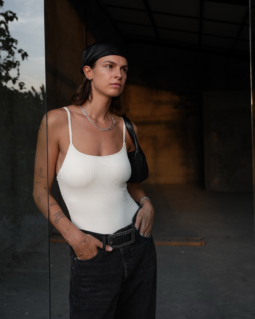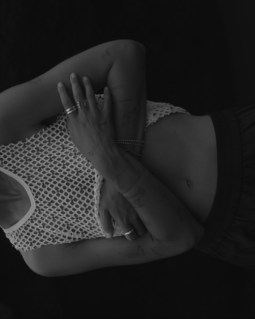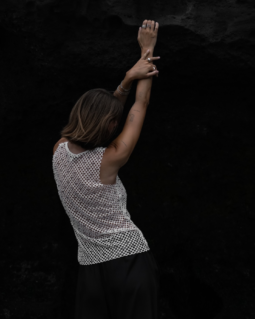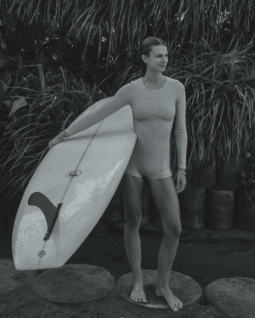Fashion, Mode Themen, Lifestyle - alles in einem Fashion Blog: whaelse.com
Outfits und Trends im Mode Blog Berlin - whaelse.com
Der Fashion Blog whaelse.com, welcher von der 21-jährigen Jacky aus Berlin gegründet wurde beschäftigt sich mit aktuellen Themen der Mode und gewinnt als Lifestyle Blog zunehmend an Beliebtheit. Die Fashion Bloggerin Jacky selbst gründete diesen Fashion Blog um ihre Community über aktuelle Modetrends zu informieren und ihre Favoriten vorzustellen. Immer mehr Modemarken werden nun auf die Berlinerin aufmerksam und sehen, welchen Einfluss sie zunehmend in der Branche gewinnt - whaelse.com Mode blog Berlin.
Instagram - unser Profil für Fashion und Lifestyle
Als echter Fashion Blogger darf natürlich ein Profil für Instagram Fashion Inspirationen nicht fehlen. Seit 2013 ist Whaelse.com auch ein Instagram Fashion Blog und postet aktuelle fashion outfits und den neuesten fashion style auf dem deutschen instagram fashion profil!
Neue Marken und sonstige Trends
Besonderen Wert legt Fashionblogger Jacky auf neue Marken, die den Markt für sich gewinnen wollen. Hierbei geht sie oft nach ihren eigenen Vorlieben und zeigt gute Mode Outfits, setzt so Trends und spricht besonders junge Leserinnen an. So bietet Jacky auch den Herstellern die Möglichkeit, ihre Mode auf ihrem Lifestyle Blog vorzustellen und neue Kunden zu gewinnen. Passend zu den Jahreszeiten werden aktuelle Tipps an die Leserinnen gegeben um modisch mitzuhalten und trotzdem einen eigenständigen Look zu entwickeln. Neben dem Thema Mode konzentriert sich die Lifestyle Bloggerin Jacky ebenfalls auf andere Fashion Themen und gibt den Lesern auf ihrem Fashion Blog für jede Situation die nötigen Tipps und Tricks mit auf den Weg. Immer mehr Leser werden auf die junge Fashion Bloggerin aufmerksam und verfolgen ihre Beiträge kontinuierlich um sich über neue Marken und aktuelle Modetrends auf dem laufenden zu halten. In Sachen Fashion und Lifestyle setzt Jacky eigene Akzente und etabliert diese in der Modeszene. Der Fashion Blog Whaelse.com, also im Grunde „what else“ fokkusiert sich laut Jacky selbst, auf das wirklich wichtige Thema des alltäglichen Lebens: Fashion und Lifestyle. Wenn euch das an Informationen zu meinem Fashionblog noch nicht reicht, dann hier ein weiterer Leitpfaden durch meinen Modeblog - whaelse.com :
► Kennt ihr schon meine tolle neue Kategorie "4 Days 4 Ways" in der ich euch verschiedene Outfit Kombinationsmöglichkeiten zeige? Wenn nicht, dann solltet ihr euch diese Kategorie ernsthaft anschauen :).
► Eine Übersicht aller Outfits sowie eine detaillierte Anleitung zu neue Mode Trends und Outfits könnt ihr meiner Kategorie Outfits entnehmen.
Mode A-Z in meinem Modelexikon - Finde jetzt eine Übersicht aller Mode Begriffe in meinem Glossar
Finde jetzt in meinem neuen Modelexikon eine Übersicht aller Begriffe im Zusammenhang mit meinem Blog und meinen Fashion Blog Beiträgen. Egal ob A wie Accessoires oder Z wie Zara. Alphabetisch sortiert hast du jetzt den Überblick, den du brauchst um gezielt meinen Blog zu durchstöbern.
Gehe jetzt zu meinem Modelexikon und stöbere dich durch

